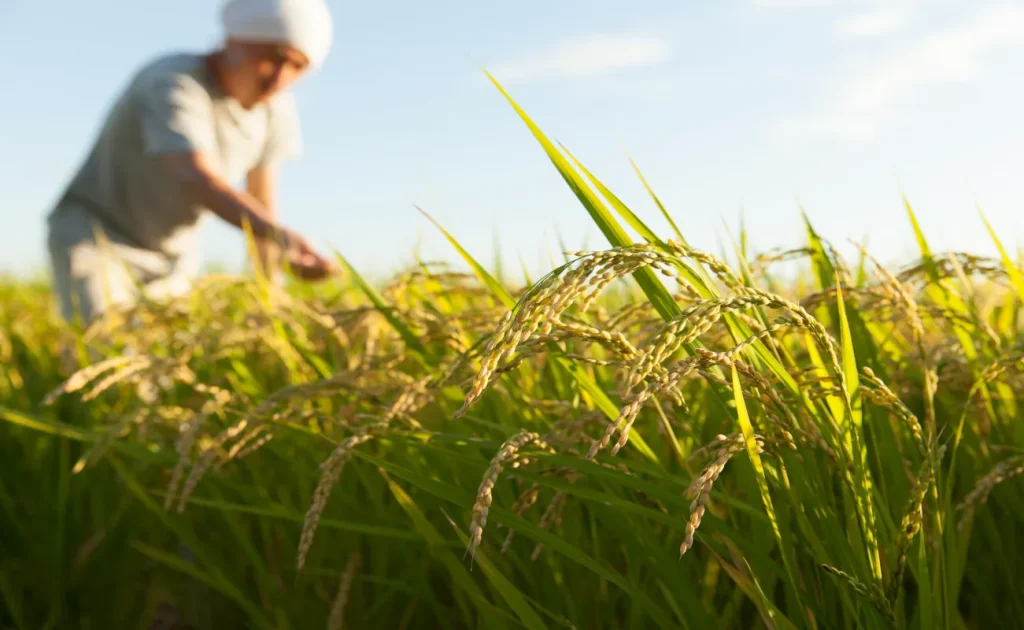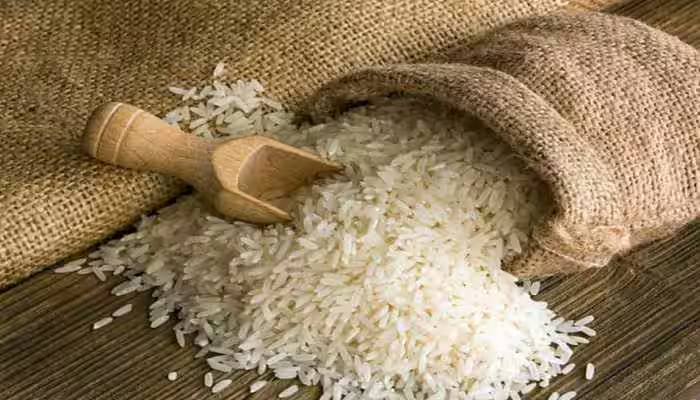Tags
Experts issue warning as beloved staple food could be wiped out: ‘It’s quite possible’
“We are concerned that customers will turn away.”
by Jenny Allison

As a country whose history has been closely tied to rice cultivation, Japan’s current “Reiwa rice crisis” is worse than just a dietary inconvenience. The staple crop shortage has put farmers, consumers, and politicians on edge as they worry that its entire future is under threat, the Guardian reported.
What’s happening?
A perfect storm of factors have combined to trigger, and exacerbate, the crisis.
Record-breaking temperatures made for a smaller-than-usual 2023 crop, so stockpiles were already lower than usual. Then, high numbers of tourists put a heavier-than-usual demand on the supply. Finally, a surge of typhoon and earthquake warnings earlier this year sent consumers into panic-buying mode, depleting what little stock was left.
Now, prices are soaring and politicians are scrambling to address concerns across the board from farmers and consumers. The crisis is also exacerbated by the fact that Japan has long scorned the idea of importing rice, which means that as their supply dwindles, prices keep rising.
Why is this crop shortage particularly concerning?
Because the initial supply shortage was triggered by high temperatures, and because demand has been exacerbated by frequent and intense storms, many experts and climate advocates are pointing to the involvement of global heating in the Reiwa rice crisis, named after the current era of Japan. This is concerning, they say, because it may portend similar situations for other crops around the world.
In fact, this pattern has already been playing out in many countries. In Pakistan, mango crops shrunk by over 40% as heat waves destroyed entire groves; in France, prized pink garlic plants were obliterated by enormous, unseasonal hail storms.
It’s all an unfortunate aspect of the reality of climate change: A warming atmosphere means changing weather patterns, and agriculture is highly susceptible to changes in weather.
What options will Japan have in the future?
Japan’s current administration has tried several approaches, including releasing older rice bags from stockpiles and even importing foreign rice. While both of these offer more affordable options — about 50% and 10% cheaper than Japanese rice, respectively — they have yet to be widely accepted by consumers.
The Guardian quoted an anonymous official from the National Federation of Agricultural Cooperative Associations, who said, “We have never seen this much stock of imported rice brands on supermarket shelves. We are concerned that customers will turn away from domestic rice and choose imported options in the future.”
But as Kunihiko Osafune, a food expert and writer, explained, there may be no other option. “It’s quite possible that in the near future we will no longer be able to eat Japanese rice,” Osafune warned.
However, scientists around the globe are also experimenting with ways to maintain crop stability despite surging atmospheric temperatures, from engineering drought-resistant varieties of staple crops to using high-tech drones to improve efficiency during planting.
https://www.thecooldown.com/sustainable-food/reiwa-rice-crisis-japan-article/Published Date: July 20, 2025






